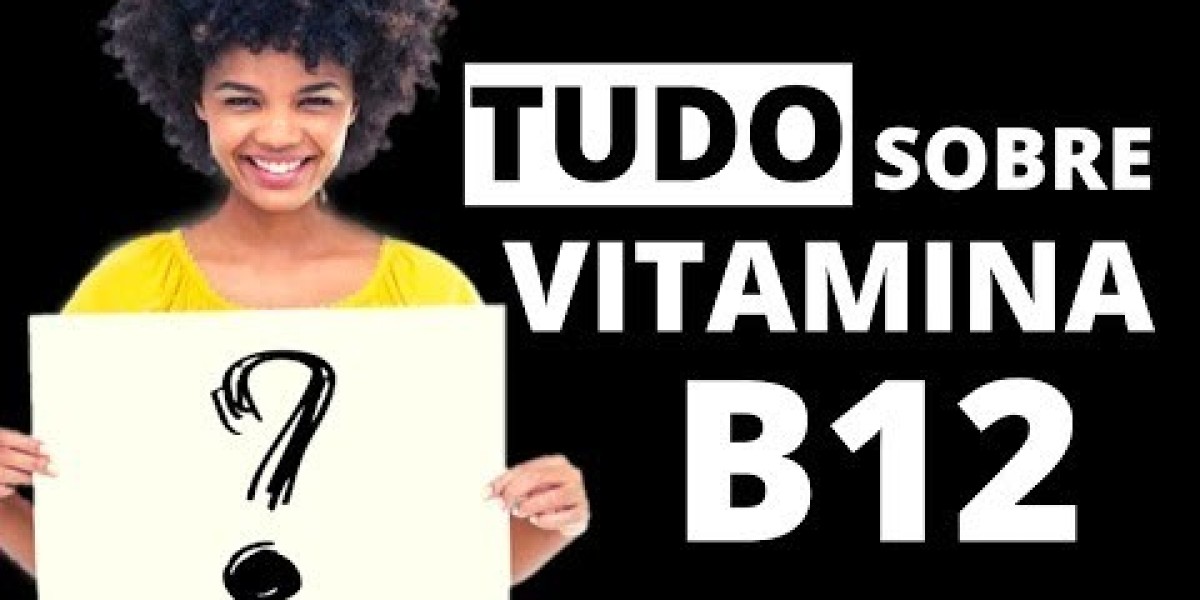Read Nonverbal Cues in Context
Like actors, leaders often find themselves heart stage; they must learn the artwork of creating first impressions. Making eye contact with others additionally communicates that we're paying attention and are interested in what one other particular person is saying. For https://Blogfreely.Net/ a greater understanding of the value of communication, Google "value of communication." Your search will return over a billion hyperlinks. While it's not attainable to evaluation all of the search outcomes, learn via a couple of of the articles.
Examples of nonverbal communication
Pitch helps convey that means, regulate conversational move, and talk the depth of a message. Even babies acknowledge a sentence with the next pitched ending as a question. We also study that greetings have a rising emphasis and farewells have falling emphasis. Of course, no one ever tells us these items explicitly; we study them via observation and practice.
The 5 Love Languages
This sort of nonverbal communication consists of your posture, bearing, stance, and the refined movements you make. Nonverbal communication gives our thoughts and feelings away before we're even aware of what we're considering or how we really feel. Your nonverbal communication includes both intentional and unintentional messages, however since it all occurs so fast, the unintentional ones can contradict what you understand you are alleged to say or how you would possibly be supposed to react. By actively observing, understanding, and training nonverbal communication expertise, you can become more skilled and confident in using these cues to enhance your interactions–at work, at college, and in on an everyday basis life. Scientific analysis on nonverbal communication and conduct began with the 1872 publication of Charles Darwin's The Expression of the Emotions in Man and Animals. Since that point, a wealth of research has been dedicated to the kinds, effects, and expressions of unspoken communication and conduct. In truth, some researchers recommend that the share of nonverbal communication is four instances that of verbal communication, with 80% of what we talk involving our actions and gestures versus only 20% being conveyed with the usage of words.
Access this chapter
People often discuss with their need for "private area." This is known as proxemics and is another essential type of nonverbal communication. 10 Real-Life Examples consists of nonverbal qualities that complement and enhance assertive statements. Hints for eye contact, facial expressions, and posture could be found all through. This type of communication includes lots of verbal detail so as not to confuse listeners.
We are all changing on a regular basis, and typically a moment of frustration or a flash of anger can signal to the receiver a sense or emotion that existed for a second, however has since passed. Their response to your communication shall be based on that notion, although you would possibly already be over the difficulty. You may have to articulate clearly that you just were frustrated, but not anymore. The words spoken out loud can serve to make clear and invite extra dialogue. Let’s check out the forms of nonverbal communication, what they communicate, and tips on how to get better at this skill.
Nonverbal Communication: Why It’s Important and How to Use It
Step 3 - Writers and information media retailers craft a story centered on getting individuals engaged within the content. This final is an perception that makes full sense and is a core tenet of everything we train at the Nonverbal Group. It’s additionally essential to notice that in 2011, The Nonverbal Group was run by a 24-year-old Blake Eastman who didn’t even educate his first class yet. I had 0 experience at that time and literally simply put up an article because again in the day your website needed a weblog to be "official." However, I was cited as an professional in Nonverbal Communication in dozens of these references.

 Likewise, as we turn out to be communicators which may be more skilled we are inclined to assume that we become higher at deciphering nonverbal messages. In this section, we will talk about some strategies for successfully encoding and decoding nonverbal messages. As we have already learned, we obtain little, if any, official instruction in nonverbal communication, but you can think of this chapter as a coaching handbook to help enhance your individual nonverbal communication competence. As with all aspects of communication, improving your nonverbal communication takes dedication and continued effort. The involuntary nature of much nonverbal communication makes it more difficult to control or "fake" (Porter, ten Brinke, & Wallace, 2012).
Likewise, as we turn out to be communicators which may be more skilled we are inclined to assume that we become higher at deciphering nonverbal messages. In this section, we will talk about some strategies for successfully encoding and decoding nonverbal messages. As we have already learned, we obtain little, if any, official instruction in nonverbal communication, but you can think of this chapter as a coaching handbook to help enhance your individual nonverbal communication competence. As with all aspects of communication, improving your nonverbal communication takes dedication and continued effort. The involuntary nature of much nonverbal communication makes it more difficult to control or "fake" (Porter, ten Brinke, & Wallace, 2012).


